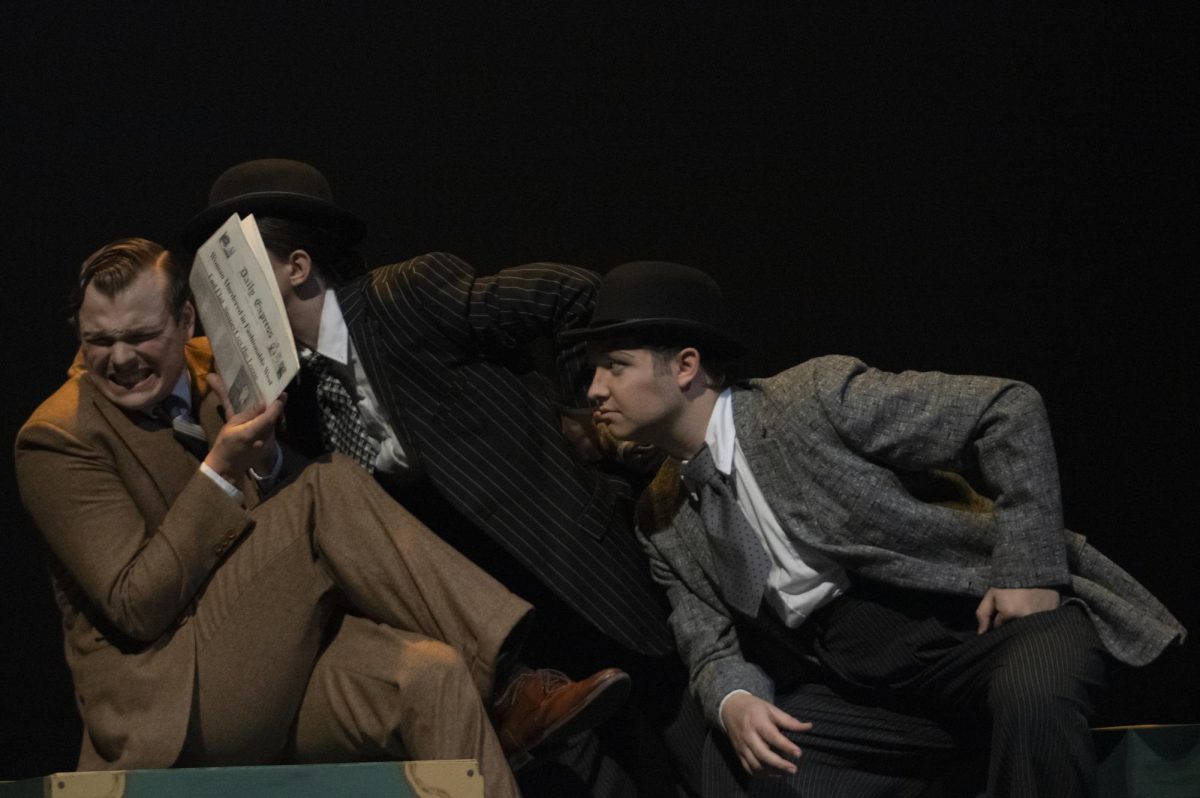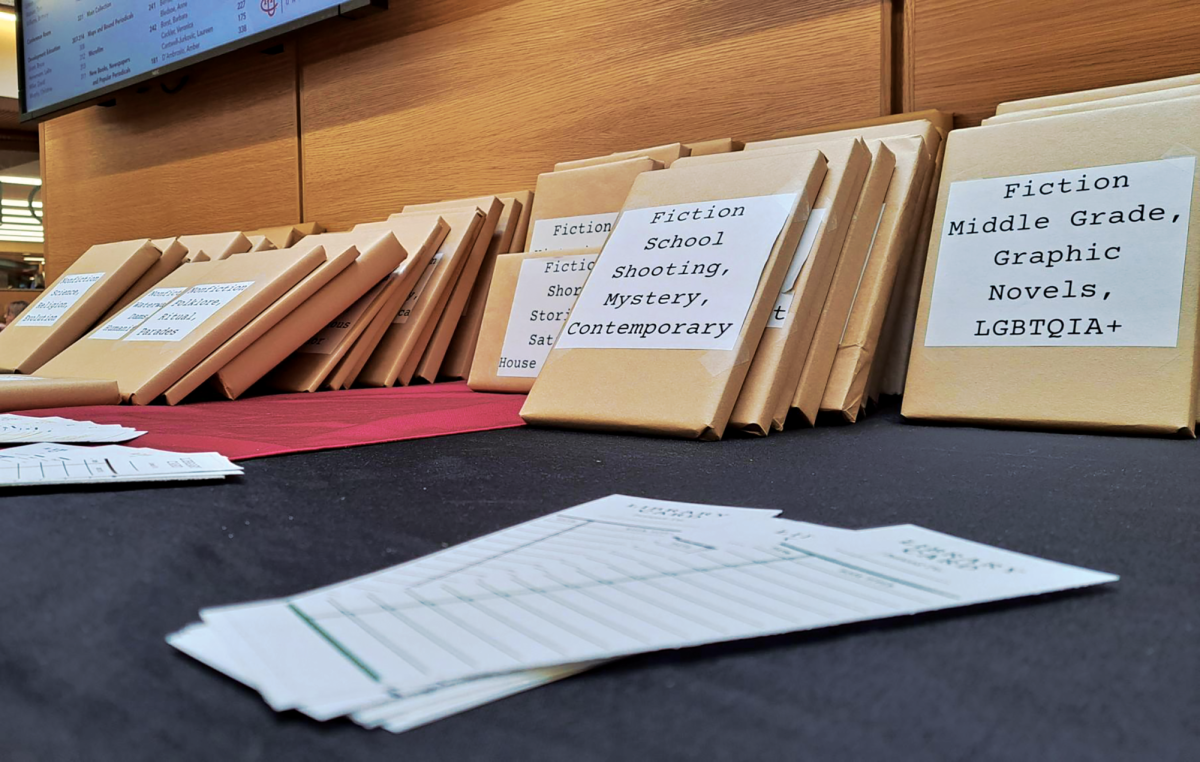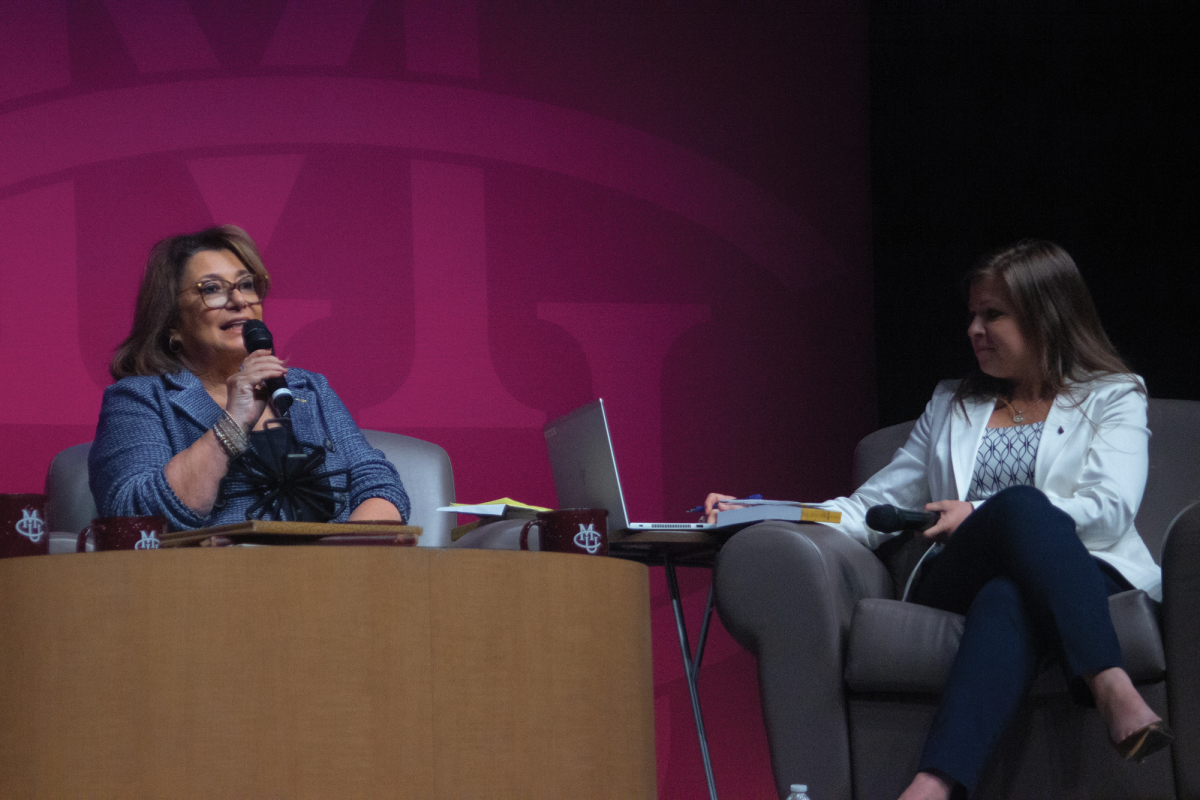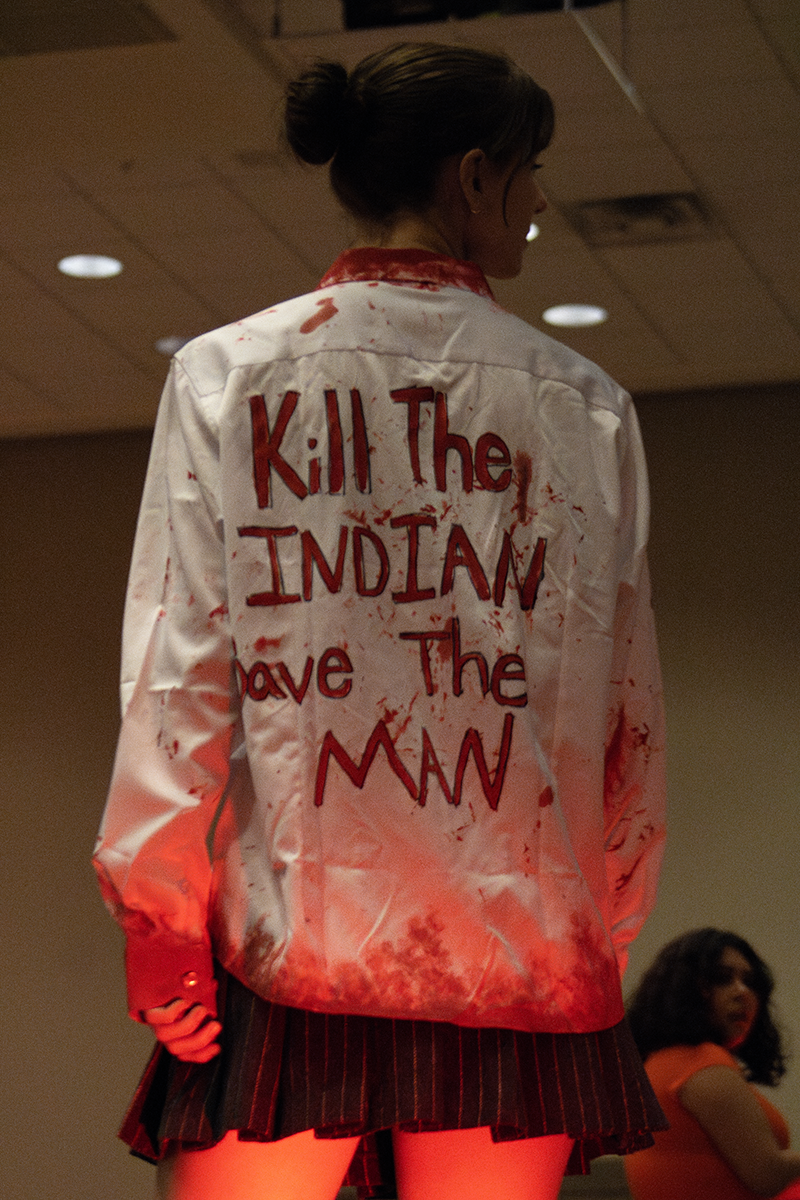On March 4-5, the Stop the Bleed campaign came to Colorado Mesa University (CMU), hosted by the Student Veterans’ Association (SVA). This was only the second semester that Stop the Bleed took place at CMU.
According to SVA Manager Corey Keating, Stop the Bleed was initiated under the Obama administration after the Sandy Hook Elementary School shooting. It’s purpose: to help train civilians to be prepared for traumas.
Stop the Bleed is a campaign by the American College of Surgeons and the Committee on Trauma. According to the campaign’s website, bleedingcontrol.org, Stop the Bleed was initiated by the National Security Council Staff at the White House.
“In a trauma, the number one preventable cause of death is [exsanguination], or bleeding out,” Keating said. In a situation with excessive bleeding, the injured party could die in five minutes or less, depending on heart rate and other factors.
All the trainers for Stop the Bleed have firsthand experience with stopping bleeding in a non-hospital setting.
“We all have combatant medical experience around the world, all EMTs, we have a paramedic, and even some of us have done contracting work, so the training you’re getting from us specifically is, like, really how to do this stuff, rather than some ER doctor or nurse,” Keating said.
The methods of treating on-site injuries has changed over the years as processes have been improved and new ways have been found to be more productive. For instance, the old acronym, “ABC,” which stood for “airway, breathing, compressions,” has been arranged to a new order: “Compressions, airway, breathing.” It’s the method for CPR.
“Through all the war experiences and all the casualties, we’ve learned how to successfully treat traumas, especially bleeding, and prevent a lot of those deaths that were occurring,” Keating said.
“If you have a patient that’s bleeding excessively, time is of the essence, and if you don’t know what to do, you’re going to be put in a situation where you’re kind of panicking and it’s a very chaotic situation, so this training helps bring focus,” Keating said.
Keating’s goal is to have medical stations set up around campus, at least one in every building, so that in the undesirable possibility that a severe situation arose, there would be a much better chance of saving lives.
“I’m really kind of focusing in around campus because, just in case something happened, maybe there’s some people trained around you,” Keating said. According to Keating, 20 percent of deaths that occur are preventable.
Students who are interested in receiving training from those who have first-hand experience can reach out to Veteran’s Benefits and Services Coordinator Amanda Herron. The training is useful for any situation involving massive hemorrhaging, according to Keating.
Participants in the training will receive certificates from the American College of Surgeons, in addition to the knowledge that could potentially lead them to save lives.









